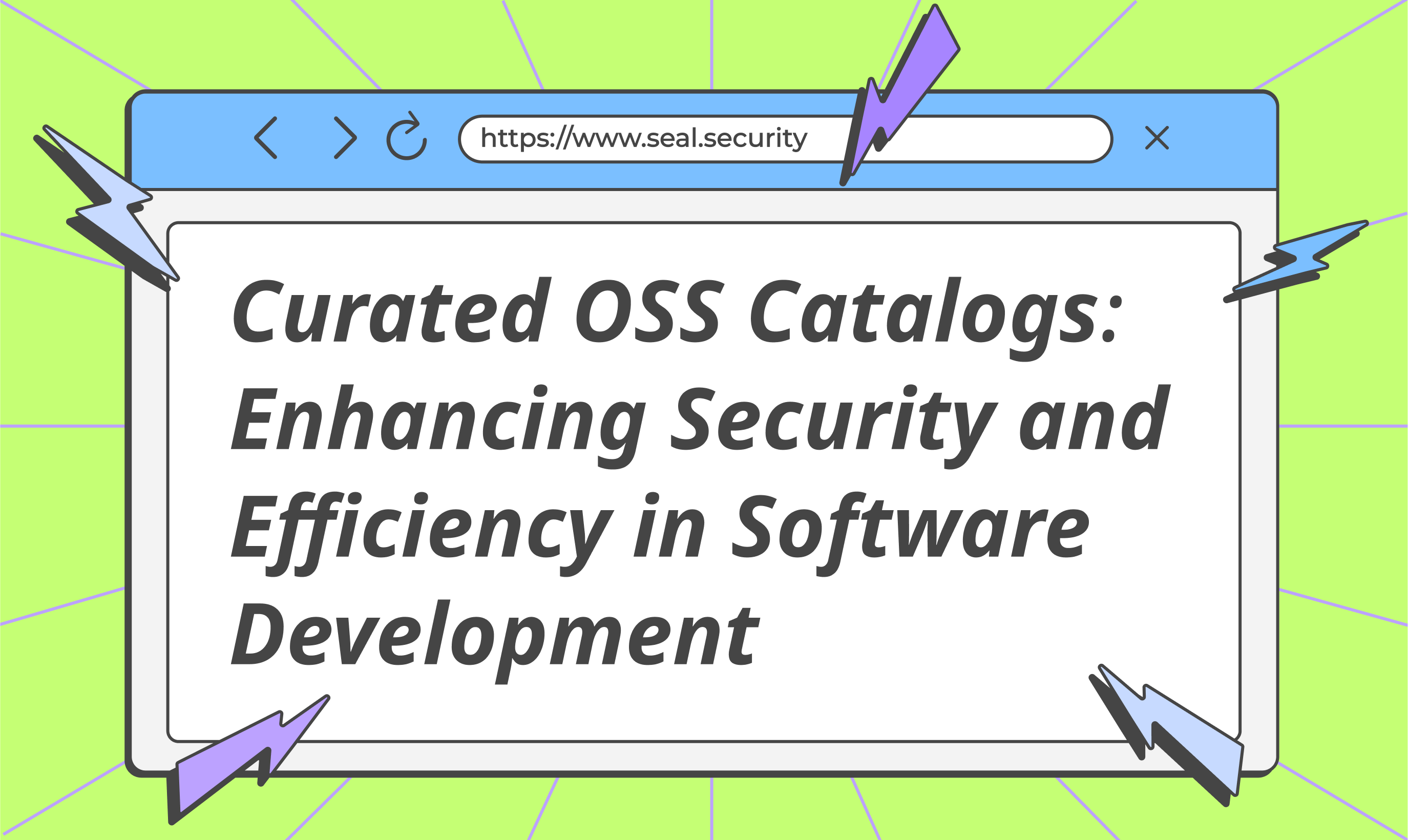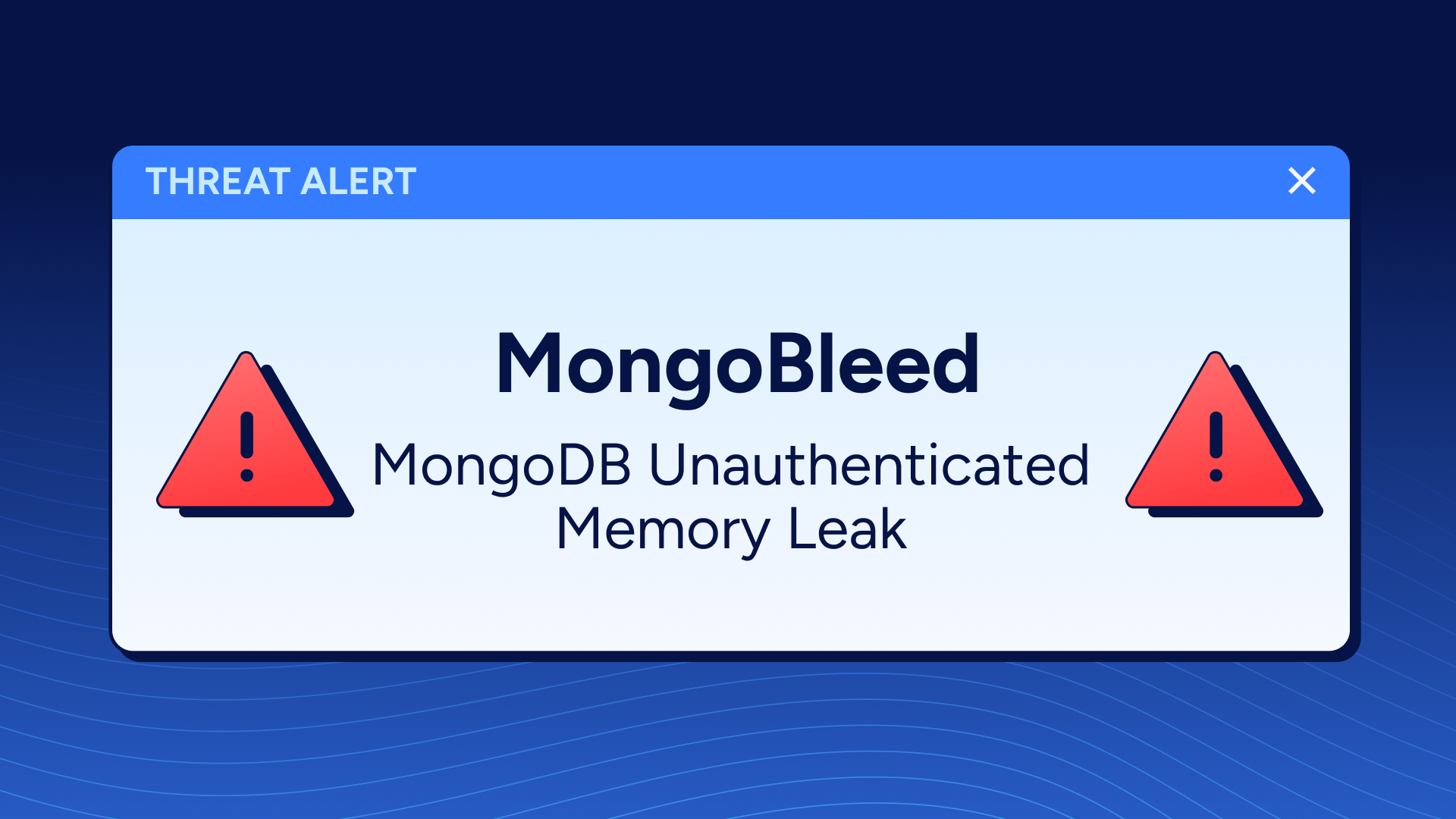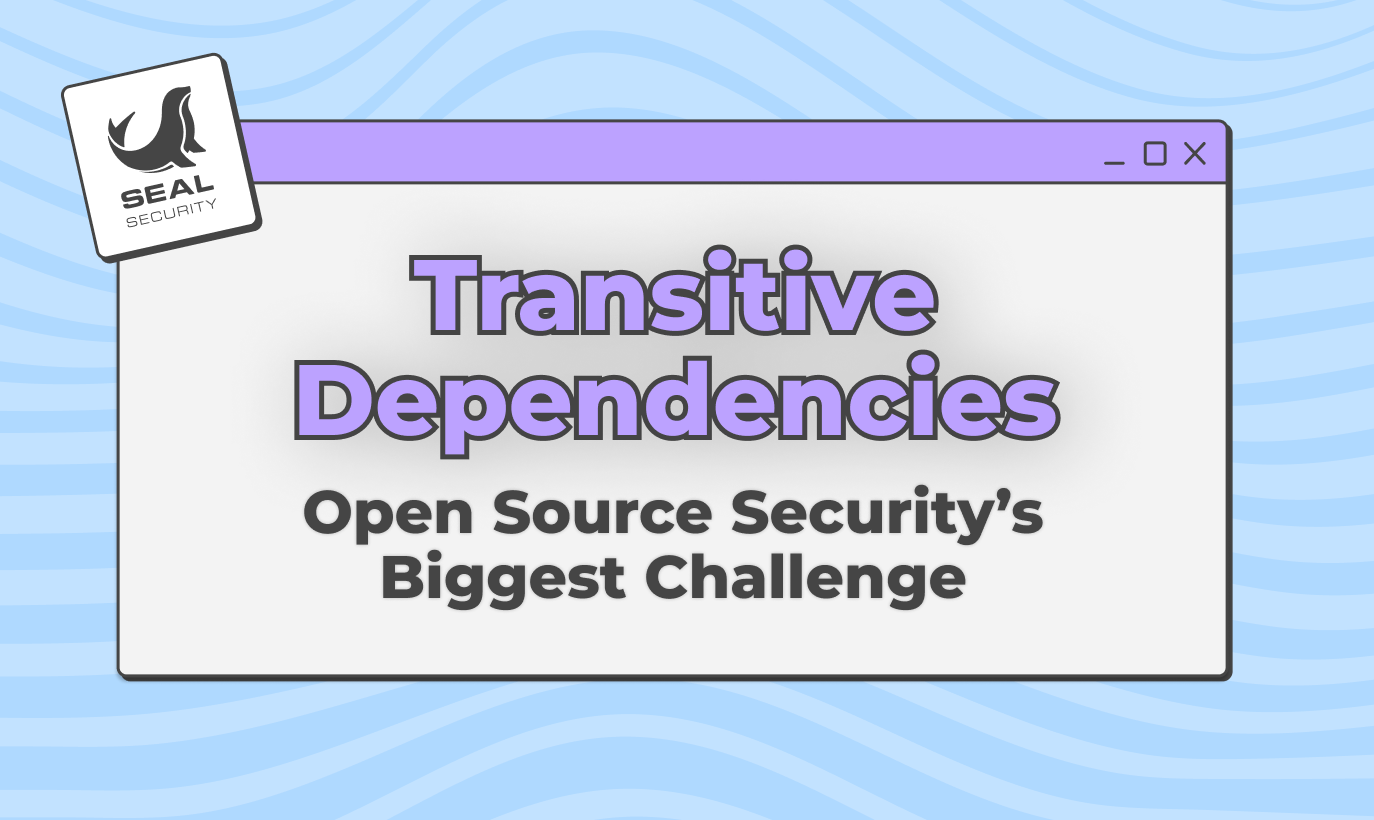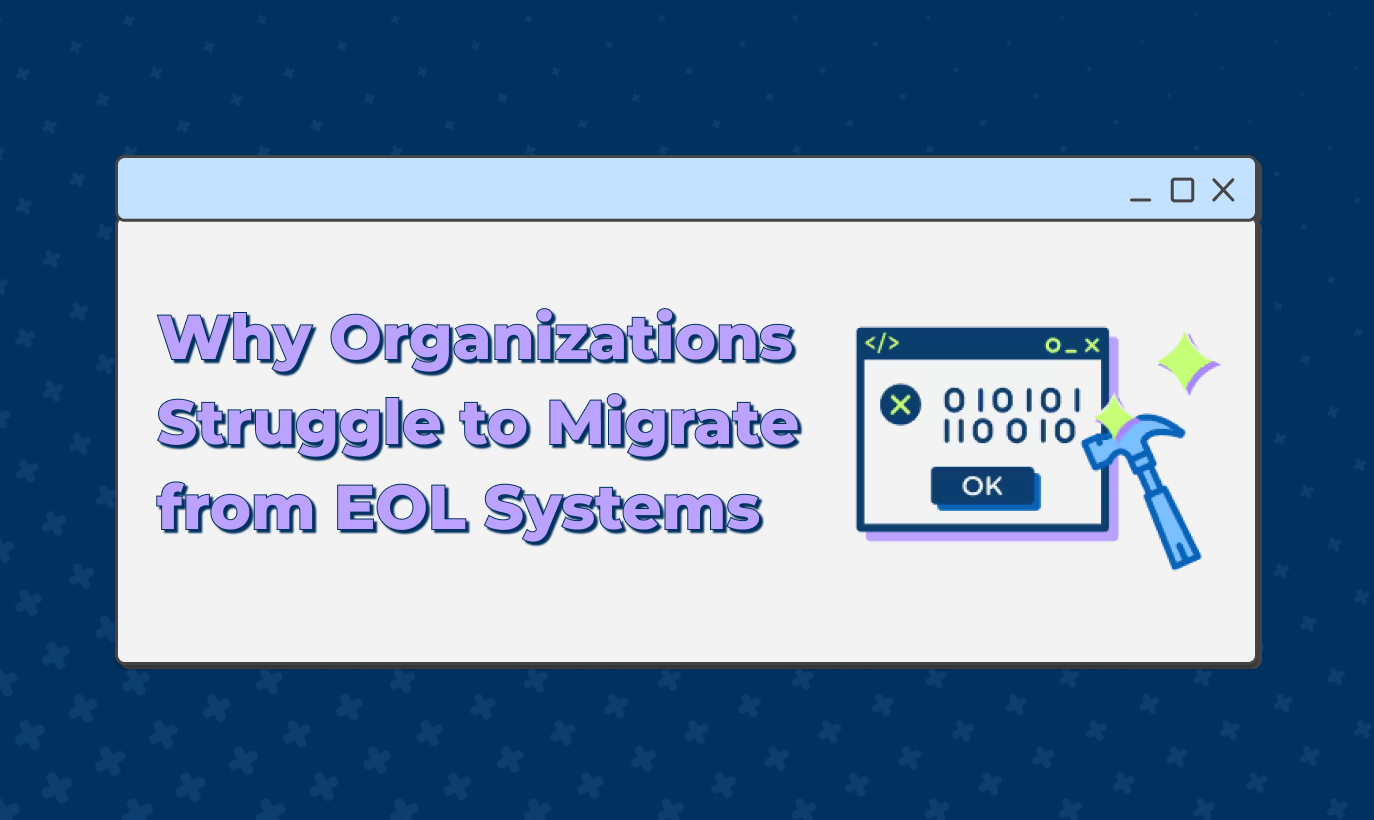Curated OSS Catalogs: Enhancing Security and Efficiency in Software Development

Curated OSS Catalogs: Enhancing Security and Efficiency in Software Development
Organizations are increasingly relying on open source software (OSS) to accelerate development and innovation. However, with great power comes great responsibility – and in this case, significant security risks. Enter the curated OSS catalog, a solution that ensures secure-by-default OSS usage. Let’s explore what a curated OSS catalog are and who stands to benefit from them.
What is a Curated OSS Catalog?
A curated OSS catalog is a trusted repository of approved OSS dependencies. These repositories are curated externally by providers like Seal Security or internally by organizations. The curation process is based on several parameters, including open vulnerabilities, license compliance, project health, and credibility scores. The primary goal is to prevent developers from introducing unmaintained, vulnerable, noncompliant, or malicious code into their systems.
Seal Security’s solution takes this a step further by integrating with your source code repository and build processes, providing centralized governance and patching capabilities. This integration ensures continuous security assessments and policy enforcement, making the use of OSS more secure and manageable.
Who Can Benefit From a Curated OSS Catalog?
1. Organizations in Regulated Industries:
Industries with strict regulatory requirements, such as finance, healthcare, and government, can greatly benefit from curated OSS catalogs. The auditability and visibility provided by these catalogs help meet compliance requirements and prevent security issues. Seal Security’s solution ensures that only vetted and approved dependencies are used, maintaining regulatory compliance and enhancing overall security posture.
2. Public Sector and Critical Infrastructure:
For organizations in the public sector and those managing critical infrastructure, the risks associated with OSS vulnerabilities are particularly high. A curated OSS catalog helps mitigate these risks by providing a secure repository of trusted dependencies. Seal Security’s approach ensures that all packages are continuously assessed for vulnerabilities, reducing the risk of security breaches.
3. Software Engineering Teams:
Software engineering teams across various industries can benefit from the streamlined patching and versioning provided by a curated OSS catalog. By using Seal Security’s solution, these teams gain access to a repository of pre-vetted OSS packages, improving their development experience and reducing the time spent on managing vulnerabilities.
4. Platform Engineering Teams:
Platform engineering teams tasked with providing secure development experiences will find curated OSS catalogs align well with their goals. Seal Security’s solution integrates seamlessly with existing CI/CD pipelines, automating policy enforcement and ensuring secure development practices. This integration supports both developer autonomy and governance, enhancing the overall efficiency and security of the development lifecycle.
5. Companies Facing Software Supply Chain Attacks:
Organizations that have experienced software supply chain attacks or are concerned about such risks can significantly benefit from a curated OSS catalog. Seal Security’s solution helps prevent issues such as typosquatting, backdoors, and zero-day vulnerabilities by providing a continuously monitored and updated repository of secure OSS packages.
How Seal Security’s Solution Can Help
Seal Security’s curated OSS catalog provides several key benefits:
• Centralized Governance: By integrating with your source code repository and build processes, Seal Security enables centralized governance of OSS dependencies.
• Continuous Security Assessments: Our solution continuously scans and assesses packages in the catalog, ensuring that only secure and compliant dependencies are used.
• Seamless Integration: The curated OSS catalog integrates with existing developer workflows and CI/CD pipelines, automating policy enforcement and enhancing efficiency.
• Regulatory Compliance: By maintaining a trusted repository of vetted OSS packages, Seal Security helps organizations meet regulatory requirements and maintain compliance.
• Reduced Security Risks: With continuous monitoring and updates, our solution reduces exposure to security risks, preventing vulnerabilities from impacting your systems.
Real-World Impact: Kiteworks Case Study
Kiteworks, a technology company securing sensitive content communications, faced significant challenges when Red Hat announced the end-of-life for CentOS. Seal Security’s curated OSS catalog enabled Kiteworks to maintain FedRAMP compliance and secure their systems. By integrating with Kiteworks’ source code repository and build processes, we provided centralized governance and patching capabilities, allowing Kiteworks to fulfill vulnerability requirements without disruption. This partnership allowed Kiteworks to plan a managed migration to a new Linux system while maintaining customer trust and business continuity.
In conclusion, Seal Security’s curated OSS catalog offers a comprehensive solution to the security challenges posed by OSS dependencies. By providing a secure, vetted repository of OSS packages, we enable organizations to maintain a secure software environment, comply with regulations, and enhance the overall developer experience. Embrace the future of secure OSS usage with Seal Security.
For more information, contact: info@sealsecurity.io





